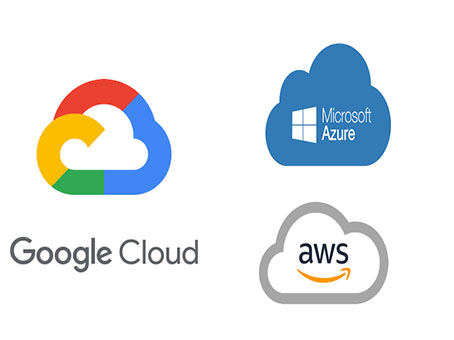
Business continuity
Business continuity services involves planning and strategies to ensure that an organization can maintain essential functions during and after a disruptive event. This includes minimizing downtime and data loss while leveraging cloud infrastructure to enhance resilience. Here’s a structured overview of the business continuity process in cloud services:
Business continuity
Risk Assessment and Business Impact Analysis (BIA):
- Identify Risks: Evaluate potential threats, including natural disasters, cyberattacks, hardware failures, and human errors.
- Assess Impact: Determine the potential impact of each risk on critical business operations, processes, and resources.
- Prioritize Business Functions: Identify which business functions are critical and require immediate recovery.
Develop a Business Continuity Plan (BCP):
- Define Objectives: Establish clear objectives for recovery time (RTO) and recovery point (RPO) for critical systems and data.
- Establish Policies: Create policies for data protection, backup, and recovery processes.
- Outline Roles and Responsibilities: Assign roles for team members involved in executing the BCP.
Cloud Strategy for Continuity:
- Choose the Right Cloud Model: Decide on public, private, or hybrid cloud solutions based on organizational needs and risk profiles.
- Multi-Cloud Strategy: Consider using multiple cloud providers to reduce dependency on a single vendor and enhance resilience.
Data Backup and Disaster Recovery (DR):
-
- Regular Backups: Implement automated and regular data backups to the cloud, ensuring data is up-to-date and secure.
- Disaster Recovery Planning: Develop a disaster recovery strategy that includes:
- Failover Mechanisms: Procedures for switching to backup systems or locations.
- Testing and Drills: Regularly test the DR plan to ensure effectiveness and team preparedness.
Documentation: Maintain comprehensive documentation of recovery processes and configurations
Implementation of Cloud Services:
- Use Managed Services: Leverage managed services for backup, monitoring, and support to ensure reliability.
- Integrate Security Measures: Implement security controls, such as encryption, access controls, and intrusion detection systems, to protect data in transit and at rest.
Monitoring and Maintenance:
- Continuous Monitoring: Utilize cloud monitoring tools to track system performance, availability, and security incidents.
- Regular Updates: Keep systems updated with the latest patches and updates to minimize vulnerabilities.
- Review and Audit: Conduct regular reviews and audits of the BCP and DR plan to ensure they remain relevant and effective.
Training and Awareness:
- Employee Training: Provide regular training for employees on business continuity procedures and their roles during a disruption.
- Communication Plans: Establish communication protocols to keep stakeholders informed during an incident.
Post-Incident Review:
- Analyze Performance: After an incident, evaluate how well the BCP and DR plan were executed.
- Identify Improvements: Document lessons learned and areas for improvement to enhance the plan for future incidents.
Best Practices:
- Cloud Provider Reliability: Choose reputable cloud providers with strong SLAs for uptime and support.
- Data Redundancy: Use geographically diverse data centers to protect against localized disasters.
- Automation: Automate backup and recovery processes to reduce the risk of human error.
- Documentation: Keep all continuity plans and processes well-documented and easily accessible.
Conclusion:
Implementing a robust business continuity process in cloud services is essential for minimizing disruptions and ensuring that critical functions remain operational during emergencies. By leveraging the capabilities of cloud infrastructure, organizations can enhance their resilience and better prepare for unforeseen challenges.
24x7 Online Expert Support
